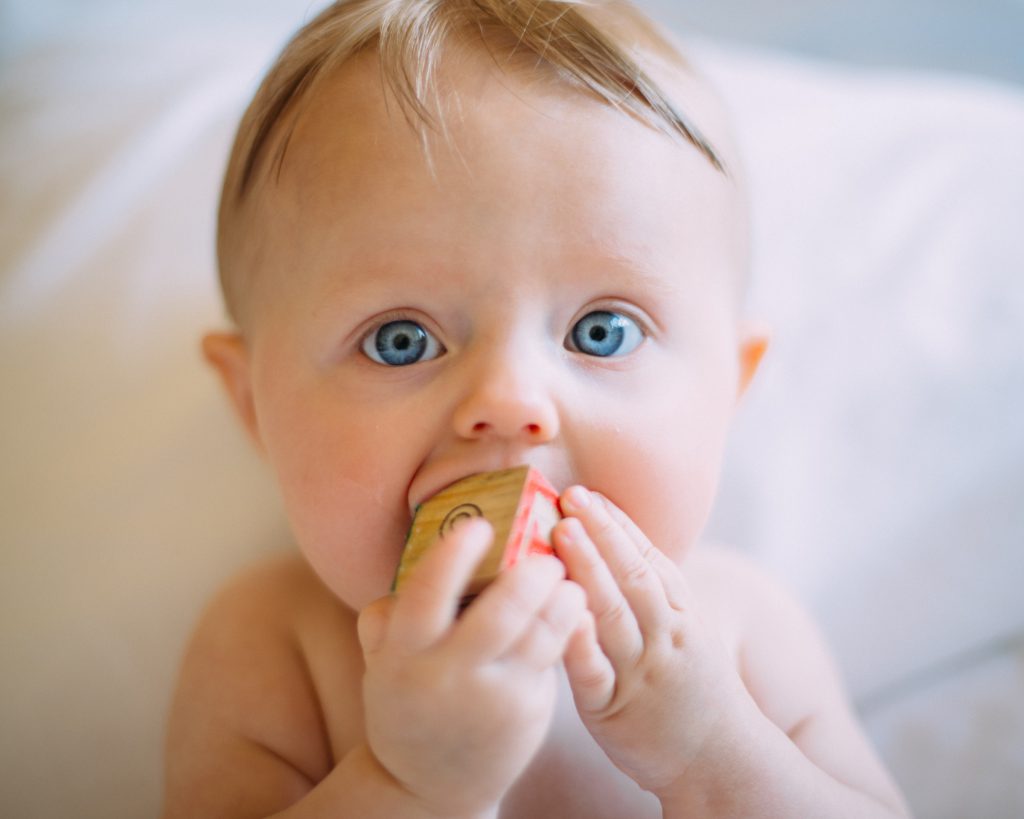As parents, we constantly strive to provide the best possible care for our children. While we focus on their overall health and well-being, it’s crucial not to overlook the importance of their eye health. Good vision is essential for a child’s development and learning. In this blog post, we will explore the significance of children’s eye health and provide parents with valuable information on how to protect and maintain their children’s vision.
Why Children’s Eye Health Matters
- Early Development
- Vision plays a fundamental role in a child’s early development. From recognizing faces to exploring their environment, a child’s visual system is crucial for learning and understanding the world around them.
- Learning in School
- Good vision is closely tied to academic success. Children need clear vision to read, write, and engage in classroom activities effectively.
- Detecting Problems Early
- Many eye conditions can be effectively treated or managed if detected early. Regular eye exams for children are essential for identifying any issues that may affect their vision.
Common Eye Problems in Children
- Myopia (Nearsightedness)
- Myopia is a common vision problem in children where distant objects appear blurry. It often starts during school-age years and may progress if left untreated.
- Hyperopia (Farsightedness)
- Hyperopia can cause near objects to appear blurry. While children are often more farsighted than adults, significant hyperopia can lead to eye strain and difficulty reading.
- Amblyopia (Lazy Eye)
- Amblyopia is a condition where one eye doesn’t develop normal vision during early childhood. Early diagnosis and treatment are crucial to prevent permanent vision loss.
- Strabismus (Crossed Eyes)
- Strabismus is a misalignment of the eyes, where one or both eyes may turn in or out. It can impact depth perception and may require early intervention.
- Conjunctivitis (Pink Eye)
- Pink eye is a contagious eye infection that can easily spread in schools and daycare settings. It’s essential to identify and treat pink eye promptly to prevent further transmission.
Maintaining Children’s Eye Health
- Regular Eye Exams
- Schedule comprehensive eye exams for your child, even if they don’t show signs of vision problems. These exams can detect issues early when they’re most treatable.
- Proper Nutrition
- A balanced diet rich in vitamins and minerals like vitamin A, C, and omega-3 fatty acids supports healthy eye development. Encourage your child to eat a variety of fruits, vegetables, and fish.
- Eye Safety
- Protect your child’s eyes during sports and play by ensuring they wear appropriate protective gear like helmets, goggles, and safety glasses.
- Limit Screen Time
- Excessive screen time can lead to digital eye strain. Encourage regular breaks from screens and maintain proper lighting conditions.
- Teach Eye Hygiene
- Teach your child good eye hygiene habits, such as washing their hands before touching their eyes and avoiding rubbing their eyes.
Conclusion
Children’s eye health is a vital aspect of their overall well-being and development. As parents, it’s our responsibility to be proactive in caring for our children’s vision. Regular eye exams, a healthy lifestyle, and early intervention when needed can help ensure that our children have the best possible vision as they grow and learn. Prioritizing their eye health today will set the stage for a brighter, clearer future.
